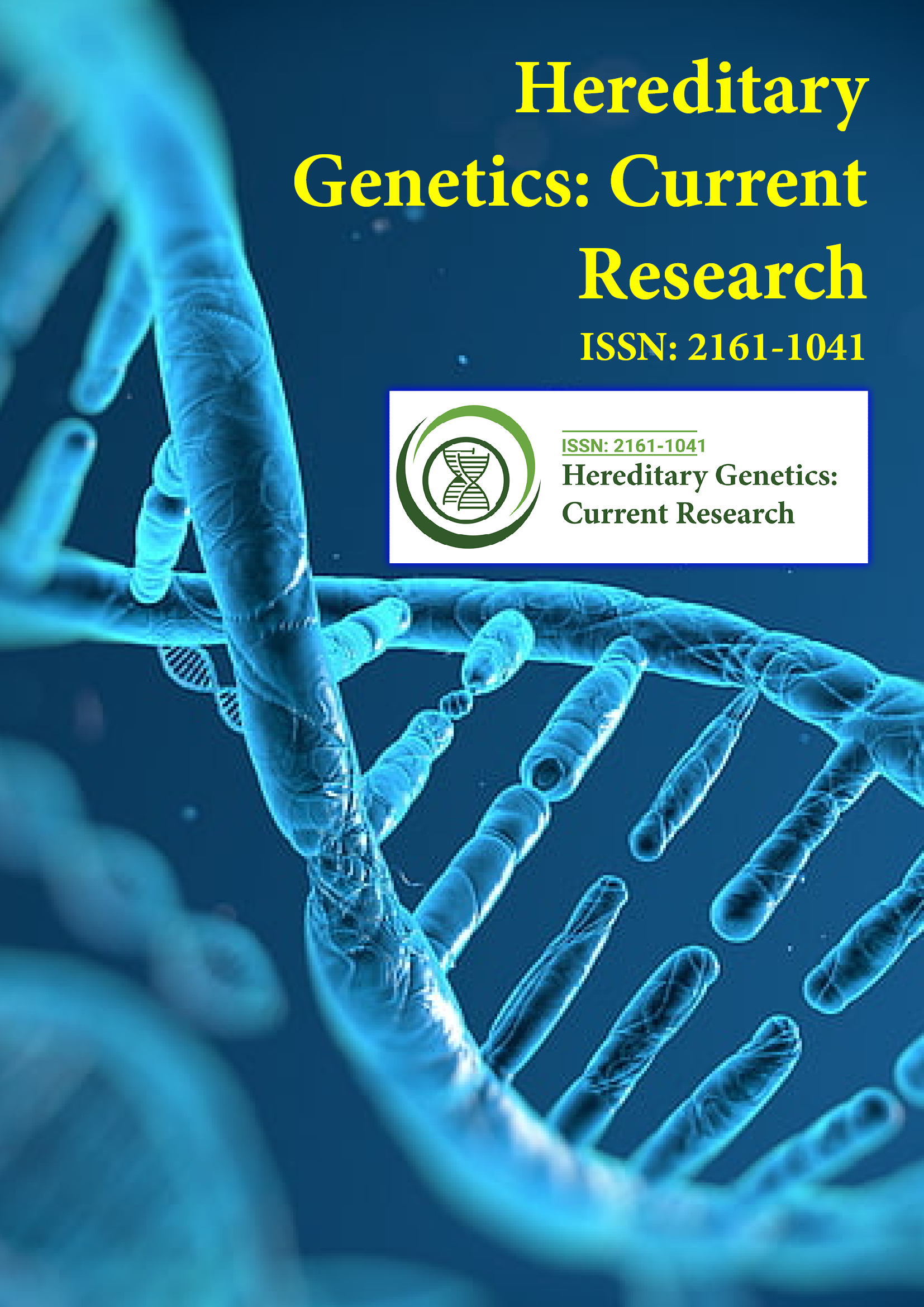indexado en
- Abrir puerta J
- Genamics JournalSeek
- CiteFactor
- Búsqueda de referencia
- Universidad Hamdard
- EBSCO AZ
- NSD - Centro Noruego de Datos de Investigación
- OCLC-WorldCat
- Publón
- Fundación de Ginebra para la Educación e Investigación Médica
- pub europeo
- Google Académico
Enlaces útiles
Comparte esta página
Folleto de diario

Revistas de acceso abierto
- Administración de Empresas
- Agricultura y Acuicultura
- Alimentación y Nutrición
- Bioinformática y Biología de Sistemas
- Bioquímica
- Ciencia de los Materiales
- Ciencia general
- Ciencias Ambientales
- Ciencias Clínicas
- Ciencias farmacéuticas
- Ciencias Médicas
- Ciencias Veterinarias
- Enfermería y Cuidado de la Salud
- Genética y Biología Molecular
- Ingeniería
- Inmunología y Microbiología
- Neurociencia y Psicología
- Química
Abstracto
Diversidad genética e impacto de la ubicación geográfica en las relaciones entre los germoplasmas de Phoenix dactylifera L. cultivados en Arabia Saudita
Widad S Aljuhani
Phoenix dactylifera L. es un cultivo importante en Oriente Medio y el norte de África. La diversidad de la palma datilera se enfrenta a riesgos como la salinidad y la falta de lluvia. Es importante comprender la diversidad genética de estos germoplasmas. Los objetivos de este estudio fueron investigar el grado de disimilitud y examinar el impacto de la ubicación en la relación genética entre los cultivares locales en Arabia Saudita. El estudio actual incluyó 91 accesiones de palma datilera famosas y un grupo de cultivares no famosos, recolectados de tres regiones principales que son importantes en el cultivo de la palma datilera en Arabia Saudita, y se probaron veinticuatro loci de microsatélites nucleares. Se detectó un alto contenido de polimorfismo en algunos loci, lo que hizo posible identificar y distinguir cepas utilizando cuatro marcadores. El examen de la variación genética entre los germoplasmas de palma datilera locales mostró una amplia gama de disimilitud genética (0-0,950). Para el árbol de algoritmos de unión vecinal, el análisis estructural y el análisis de discriminación para el componente principal, los genotipos locales se pueden clasificar dentro de tres grupos principales. Los cultivares de algunas regiones se agruparon según su ubicación geográfica. Los resultados de este estudio serán útiles para aquellos interesados en la identificación, clasificación y conservación de cepas, así como para aquellos interesados en mejorar la producción de fruta.